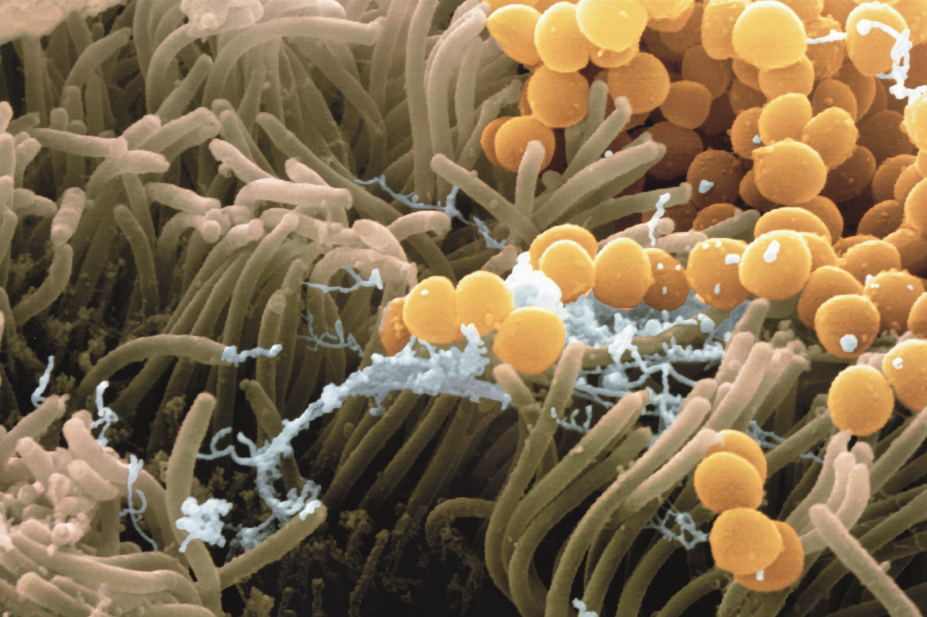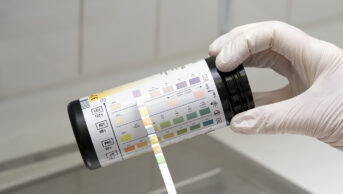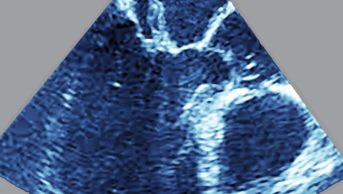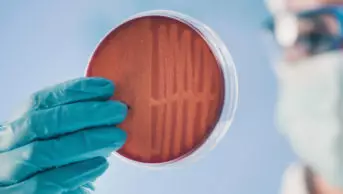
Juergen Berger / Science Photo Library
Salicylic acid is the main biometabolite of aspirin and is also used in acne treatments. Previous research has shown it can alter the expression of Staphylococcus aureus virulence factors, a bacterium commonly found in the nose.
In a study published in Frontiers in Microbiology
[1]
(online, 23 January 2017), researchers explored whether salicylic acid contributes to the formation of S. aureus biofilm.
In in vitro studies, they showed that S. aureus biofilm formed in a dose-dependent manner in response to different salicylic acid concentrations. And in mice, treatment with salicyclic acid led to a significant increase in the colonisation of the bacteria in the nasal mucosa.
The researchers say the findings suggest salicylic acid consumption could contribute to S. aureus infection in people regularly exposed to it, such as through frequent aspirin consumption.
References
[1] Dotto C, Lombarte Serrat A, Cattelan N et al. The active component of aspirin, salicylic acid, promotes Staphylococcus aureus biofilm formation in a PIA-dependent manner. Front Microbiol 2017. doi: 10.3389/fmicb.2017.00004


